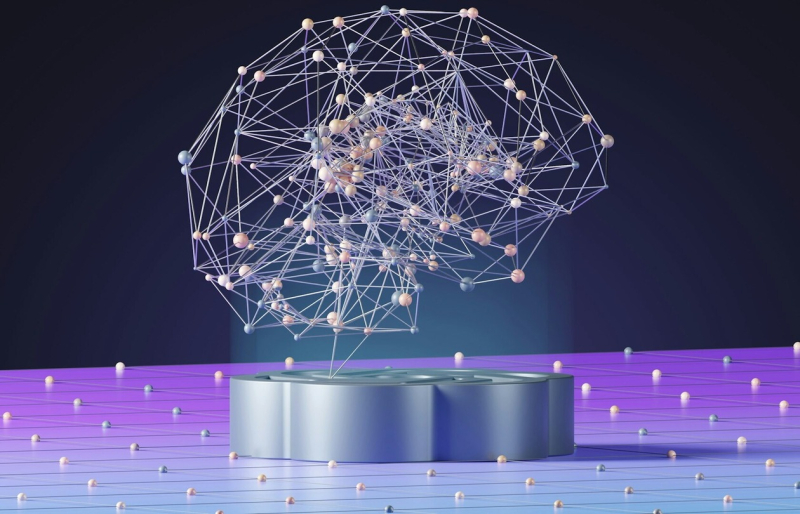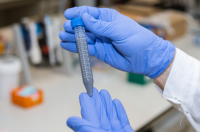Research
When does “just one more match” become a medical condition? Scientists from ITMO and its partner institutions have used MRI data to analyze brain activity among video game players.
The researchers examined brain pathways related to self-control, pleasure, and affection – and how they are affected by regular gaming activity. Thus, the study identified 39 neural networks that differ between gamers and non-gamers. Now, scientists will use the acquired data to develop methods for early diagnosis of game addiction.
Read more: Scientists in St. Petersburg Find a Way to Study Game Addiction
***
When it comes to pharmaceuticals, developing a medicine is only half of the job; the other is to package it into a final, consumable product. At the upcoming AAAI conference in Canada, researchers from ITMO will present a new algorithm that intends to solve precisely that issue.
Turning “raw” medical products into pharmaceuticals is a process that requires the use of appropriate co-crystals – molecular structures that affect the properties of the finished product. Finding the right co-crystal can take quite a while, which is where the new algorithm comes in. Using a combination of generative and evolutionary approaches, it analyzes the parameters of numerous candidate materials to determine the best options. Notably, the software can even be integrated into a handy website or app.
Read more: New Method To Turn Medicine Into Pills With AI Developed at ITMO
***
In related research, a team at ITMO’s ChemBio Cluster has published a paper describing their latest development: an express COVID-19 test that uses nanotechnology to achieve a high level of sensitivity to the virus. The nanomachine uses special appendages to analyze DNA and RNA, delivering accurate results within merely an hour. The researchers are continuing to develop the invention, focused on making it suitable for at-home use.
Read more: Supersensitive Express COVID-19 Test Developed at ITMO
***
Third on the list of medical breakthroughs is a technology developed by the International Research and Educational Center for Physics of Nanostructures. Their new machine learning-based algorithm selects the best carbon nanoparticles for a variety of biomedical uses, allowing scientists to create tailor-made particles of the necessary type.
Carbon nanoparticles, among other things, are used as contrast agents in cancer diagnostics, and as heat absorbers in photothermal cancer therapy. Testing of the algorithm has already shown great promise for the new method and the scientists are planning to expand it to work with other types of nanoparticles, as well.
Read more: ITMO Researchers Predict Carbon Particle Properties for Cancer Diagnostics
Beyond university
For the next two weeks, citizens and guests of St. Petersburg can expand their senses at Modulations: Sound, Light, Movement, the new exhibition by ITMO’s Art & Science Center and the State Russian Museum. The event explores the history of digital media, re-evaluates media art, and examines the joint evolution of image and sound. Projects by ambitious young artists aim to create the impossible: draw sound out of mushrooms, give a physical form to human emotions, and transport viewers into the soundscape of the Antarctic. The exhibition will run until March 10 at the East Pavilion of Mikhailovsky Castle in St. Petersburg.
Read more: Sounds of the Internet and Singing Mushrooms: New Science Art Exhibition at Russian Museum




